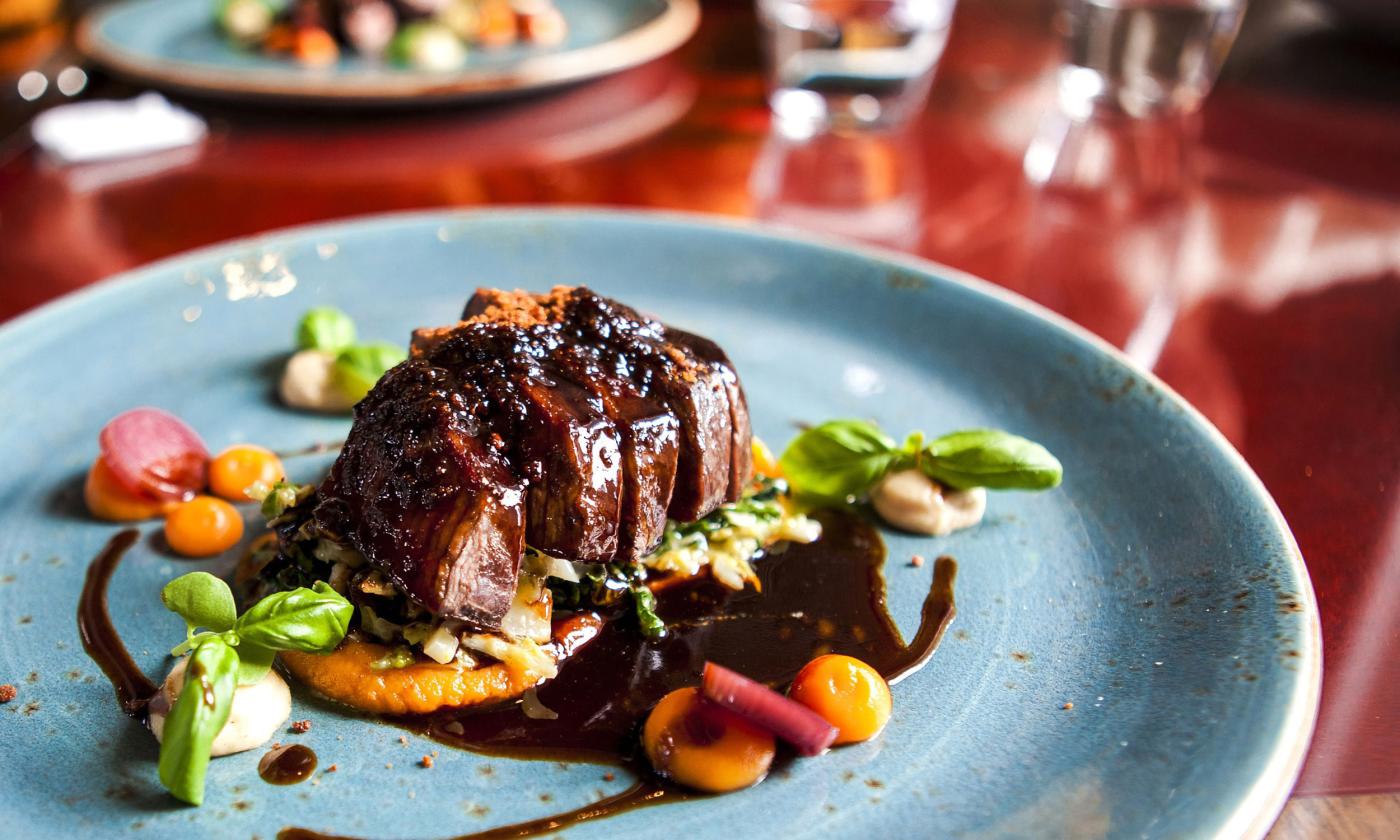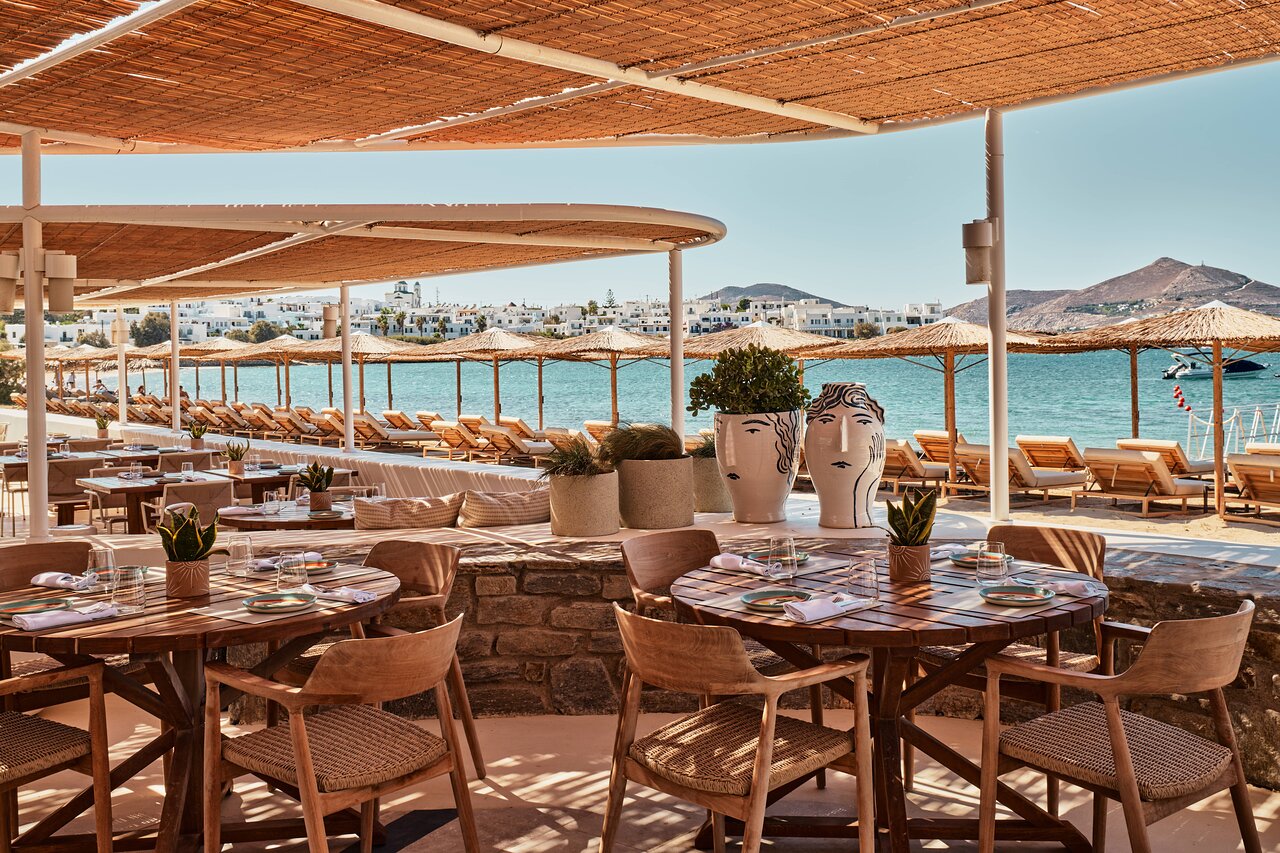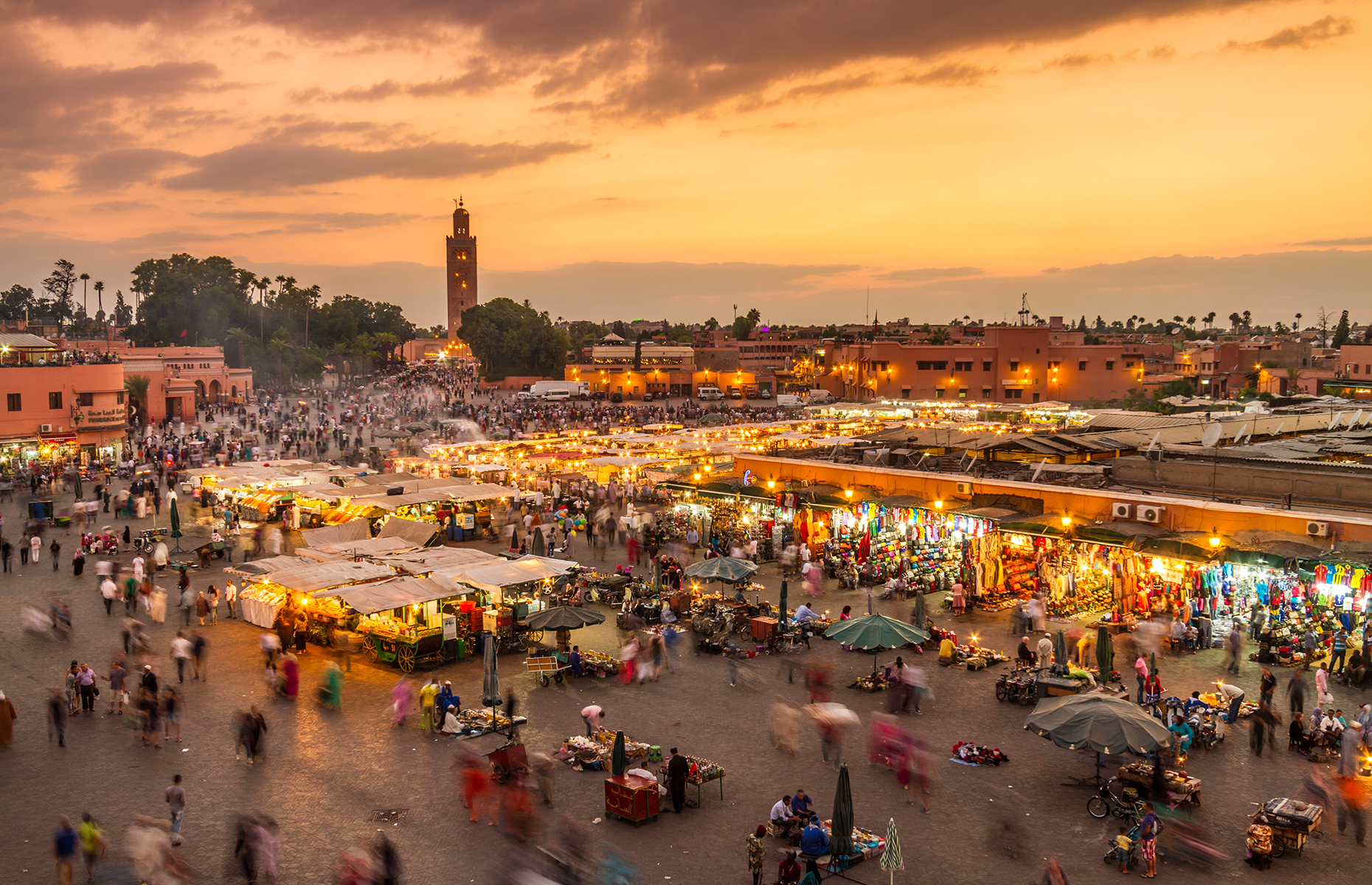Local Sourcing and Micro-Supply Chains as Markers of Authenticity

Feature · The World’s 100 Best
In 2025, luxury hospitality and fine dining are measured not only by refinement of service or architectural brilliance, but by where the ingredients come from. Local sourcing and micro-supply chains have become the markers of authenticity—demonstrating respect for terroir, commitment to sustainability, and a philosophy that the most compelling experiences must be rooted in place.
1) Defining Local Sourcing in Hospitality
- Hyper-local agriculture: partnerships with farms within 50 km radius.
- Micro-supply chains: direct relationships with fishermen, foragers, beekeepers, and artisans.
- Closed-loop systems: on-property gardens, aquaponics, fermentation labs, and compost-to-crop cycles.
- Cultural sourcing: ingredients tied to local ritual, festival, and heritage recipes.
2) Why It Matters
- Authenticity: Guests equate local sourcing with cultural depth.
- Transparency: Short chains allow traceability and trust.
- Flavor intensity: Minimal travel preserves freshness, vibrancy, and nutrition.
- Economic impact: Direct spend with communities strengthens local economies.
“Every kilometer less traveled is a kilometer closer to truth of place.”
3) Practical Models of Micro-Supply
Farm-to-Table
Seasonal menus built from single partner farms, with daily harvest dictating the kitchen.
Foraging Networks
Chefs collaborating with mushroom hunters, seaweed gatherers, and wild herb specialists.
Fishing Alliances
Line-caught, small-boat fishing cooperatives delivering directly to kitchens.
On-Site Cultivation
Hotel gardens producing herbs, vegetables, teas, and even specialty flowers for garnish.
4) Regional Expressions
Nordic
Wild foraging, fermentation cellars, forest herbs turned into haute cuisine signatures.
Japan
Kaiseki sourcing from single prefecture; rice from heritage paddies, fish from one bay.
Latin America
Amazonian micro-biodiversity; chefs treating foragers as co-authors of menus.
Middle East
Date farmers, desert herbs, camel dairy—all reframed into fine dining narratives.
5) Measuring Impact
Local sourcing is no longer a marketing story—it is a core credential of excellence. By cultivating micro-supply chains, the world’s best hotels and restaurants create experiences that are sensorially vibrant, economically just, and culturally truthful. Authenticity, in 2025, is tasted first on the plate.





